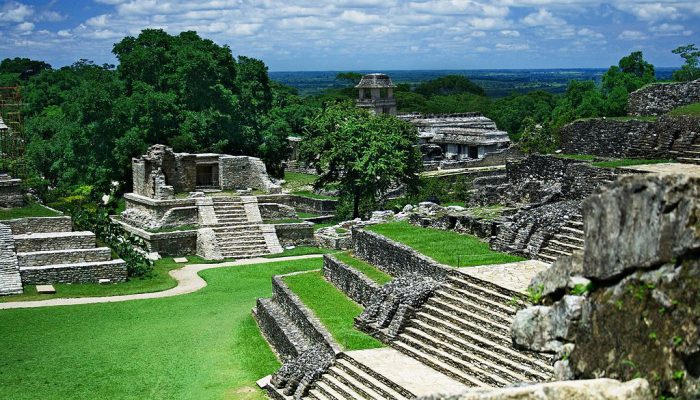Studying the Interactions of Climate, Biodiversity, and Humans
If you go to Google Scholar and search for published journal articles using the term “biodiversity,”you will find innumerable studies discussing the ongoing biodiversity crisis, climate change, and conservation. What many of these papers overlook is the exact role that humans and our activities play in the loss of biodiversity. We are unsure of what we may be able to do to mitigate, not only the biodiversity crisis, but also the effects of climate change on human society. How can we even begin to answer these questions? In this case, looking at how events like this have played out in the past may be the most informative option.

Figure 1
Paleoclimatology, archaeology, and zoology may seem like disparate fields, but if you combine data from these disciplines in the right way, they have the potential to tell us a great deal about past climate, its impact on biodiversity, and how humans may have reacted to these changes before. For my research as a UF Biodiversity Institute Fellow, I will be integrating paleoclimate reconstructions, data from local paleoclimate proxies, and data about zooarchaeological specimens found at Mayan sites in Mexico, Guatemala, and Belize (Figure 1). Specifically, I want to test current theories that suggest punctuated droughts in the Maya region may have ultimately led to the collapse of many of their polities. This kind of transdisciplinary research does not come without its challenges, though.
Zooarchaeology is the study of faunal remains found in the context of archaeological sites. Thus, these specimens represent a mixture of what may have been domesticated by local peoples and what was harvested from the surrounding environment. This distinction is important because it means these specimens may not necessarily represent only naturally occurring animals and plants. However, these data do provide a unique look into how the Mayan people were altering, interacting, and cultivating resources from their local environment. Additionally, paleoclimate reconstructions are complex statistical models built upon a myriad of different data types. Figuring out the best way to leverage these kinds of existing models to enhance what we know from the local paleoclimate data is another challenge in itself.
While this may seem like an insurmountable task for one graduate student, the good news is that I am not doing all of this alone! I have three collaborators here at the University of Florida – Dr. Rob Guralnick, Dr. Kitty Emery, and Dr. Mark Brenner – who are providing me with these data and guidance on how to analyze them. On top of that, the data I am using were collected by countless other paleoclimatologists, archaeologists, students, and volunteers. Without data sharing and open science, studies like this that reuse old data and broaden collaborative networks would be impossible. This project is still in the early stages so come back soon for an update!
References:
- “Title image by Jan Harenburg (Own work) [CC BY 4.0 (http://creativecommons.org/licenses/by/4.0)], via Wikimedia Commons.”


